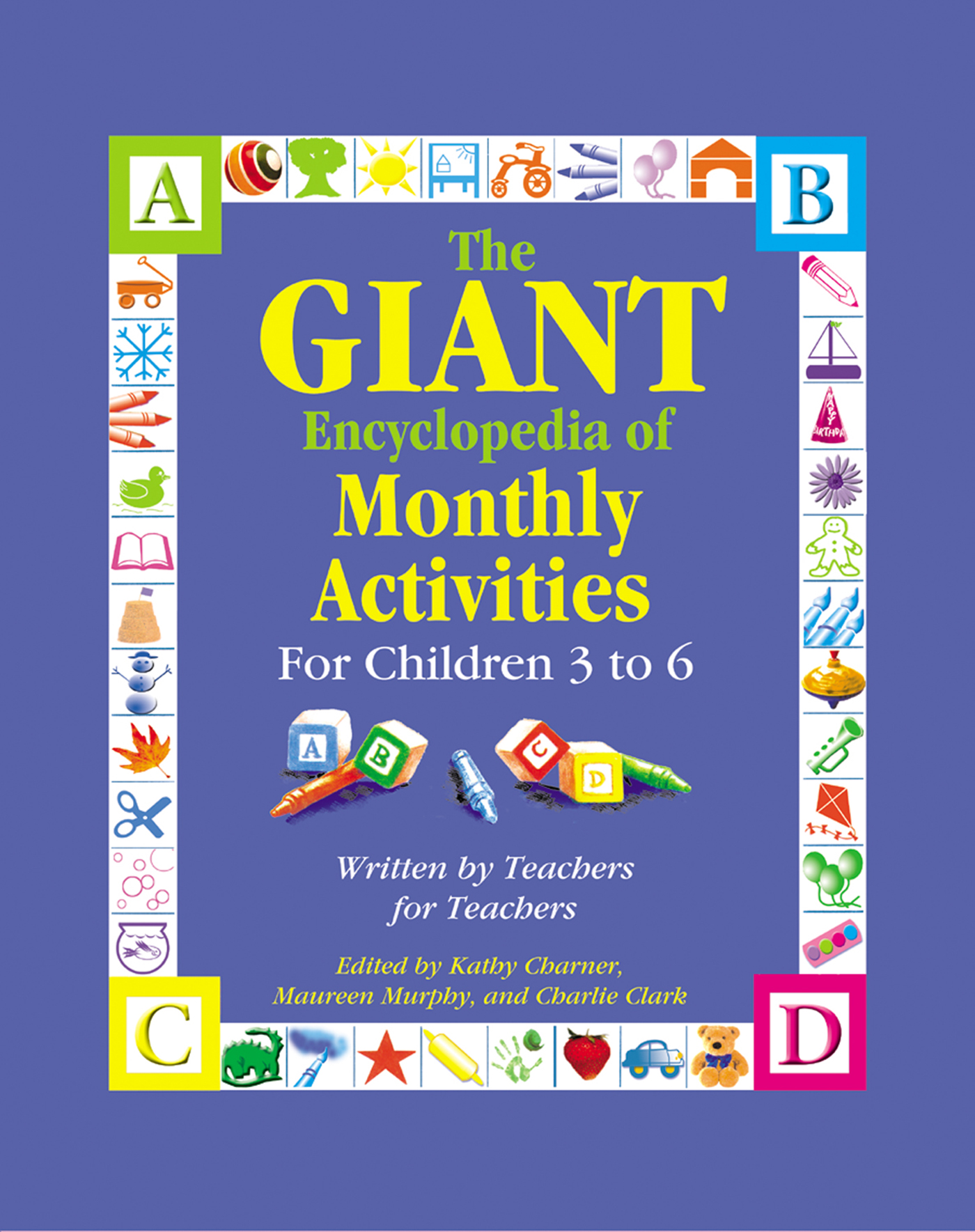Materials
variety of rubber ducks in different styles, sizes, and colors
large tabletop basin water source buckets yellow card stock paper and construction paper yellow craft feathers craft dough or playdough variety of craft materials craft glue stuffed ducks of all sizes and colorsInstructions
* Rubber Ducky's "birthday" is January 13th.
1. On January 13, tell the children that they are going to celebrate the
birthday of a popular animal "friend." Ask them if they can guess the
animal. Offer clues:
* This animal has feathers.
* This animal swims.
* This animal has two webbed feet.
* This animal has two wings.
* This animal is yellow.
* This animal quacks.
Continue until the children have guessed it is a duck. Explain that it's not
just any duck's birthday, but it is Rubber Ducky's birthday! Show them a
yellow rubber duck and read Rubber Duckie by Jodie Davis.
2. Set up several centers to celebrate Rubber Ducky's birthday.
3. Place a large basin on a low table. Let the children use buckets to fill the
basin about halfway with water. Put some small rubber ducks in the water
for the children to explore. Encourage them to experiment with different
ways to get the ducks to move (create ripples with fingers, blow on the
backs of the ducks, tip the pan gently from side to side, and so on).
4. In the Art Station, offer playdough or craft dough and yellow craft feathers.
Encourage the children to roll the dough into two balls (one slightly
smaller than the other). Show them how to stack the balls together to
form a duck shape. They can cover their ducks with craft feathers by
inserting the pointed end of the feathers directly into the dough. Form a
duck's bill by cutting two small triangles from yellow construction paper.
Show them how to insert one side of the triangles into the dough on the
duck's head to make a beak. Let air dry for a couple of days. Demonstrate
how to create feet by cutting two heart shapes out of yellow construction
paper and gluing the feet to the bottom of the dried duck.
5. In the manipulatives area, place several different colors and sizes of rubber
ducks in a box. Challenge the children to sort the ducks by size and color
and to sequence the ducks from largest to smallest.
6. In the reading center put out books about ducks (see related books on the
following page).
7. Outdoors, have feather races. Challenge the children to move from one
spot to another quickly while keeping a yellow craft feather afloat in the
air. The children can bat the feather with a hand, wave a hand near it to
make the air move, or blow on the feather to keep it up in the air.
8. Place several different sizes and colors of feathers in the science area.
Encourage the children to examine the feathers through magnifiers.
9. Add several different types of stuffed ducks to the dramatic play center.
Add an empty bag of duck food and small bowls. Encourage the children
to pretend to care for and feed their new pets.
More to do Art: Let the children create funny duck shoes. Help them trace two webbed
feet on heavy yellow paper. Encourage them to decorate their webbed feet
as desired. Punch holes in two rows near the middle of each foot. Unlace the
children's shoes and lace the webbed feet onto the tops of their shoes. Have
fun waddling around to music!
Games: Play a fun matching game with the rubber ducks. Divide some of the
large rubber ducks into pairs. On the bottom of each pair, attach a matching
symbol, numeral, or alphabet letter. (Print the information on a small piece of
paper, laminate, and attach to the bottom of the ducks using sticky-back
looped adhesive.) Float the ducks in a small basin and let children take turns
matching the symbols on the bottoms.
